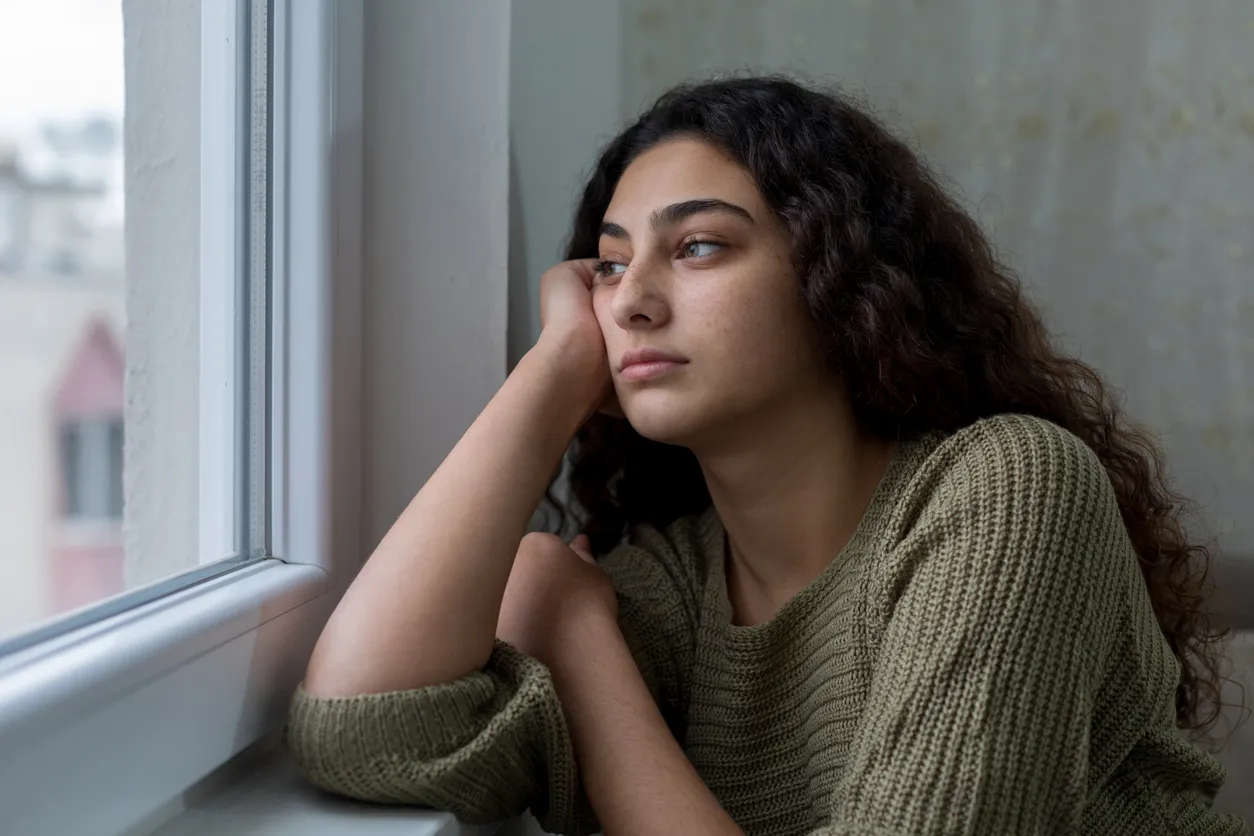In an online interview with the Buck Institute earlier this month, Centers for Disease Control and Prevention (CDC) Director Robert Redfield, MD, candidly discussed how school closures have affected children and teenagers across the country—and how previously existing issues are becoming an even bigger problem for young people. “We’re seeing, sadly, far greater suicides now than we are deaths from COVID. We’re seeing far greater deaths from drug overdose that are above excess that we had as background than we are seeing the deaths from COVID,” Redfield said. His comments highlight issues that were already considered epidemics within the U.S. but have seen a tragic increase for young people in the months since COVID-19 forced nationwide shutdowns. A brief released by the American Medical Association (AMA) in early July stated that they were “greatly concerned by an increasing number of reports from national, state, and local media suggesting increases in opioid-related mortality,” citing an increase in overdoses in 35 states.ae0fcc31ae342fd3a1346ebb1f342fcb These issues have become even more alarming because the assistance and resources dedicated to them have either become overwhelmed due to COVID or are now simply too dangerous to access. A June survey by the Addiction Policy Forum found that 20 percent of respondents reported increased substance abuse and 34 percent reported a change to their recovery or treatment due to the pandemic. “I’m a firm adherent to the idea that the opposite of addiction is not sobriety, the opposite of addiction is connection,” Mike Brumage, MD, former director of the West Virginia office of drug control policy, told The Guardian. “Clearly, what we have lost with the pandemic is a loss of connection.” RELATED: For more up-to-date information, sign up for our daily newsletter. And as the growing substance abuse epidemic continues to worsen, suicide among young people continues to pose a serious public health threat. According to the CDC, suicide is the leading cause of death among individuals between the ages of 10 and 34 in the United States. With pandemic-related isolation brought on by school closures and social distancing guidelines, many vulnerable young people find themselves grappling with mental health issues now more than ever before. “A lot of people are calling attention to coronavirus because it’s right in front of us,” one 18-year-old told NPR. “But at the same time, teens’ depression rate—it’s a silent threat.” And for more mental health advice, check out 14 Expert-Backed Ways to Improve Your Mental Health Every Day.
